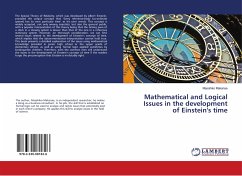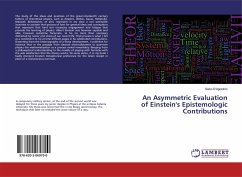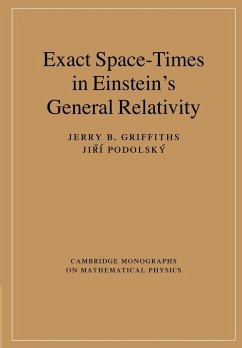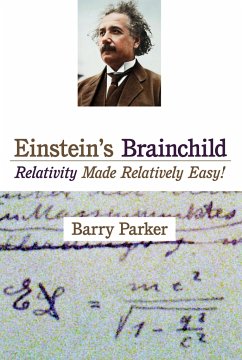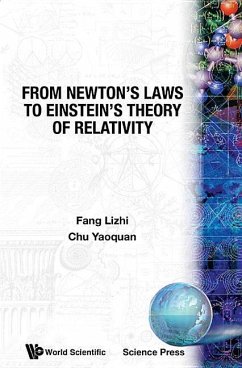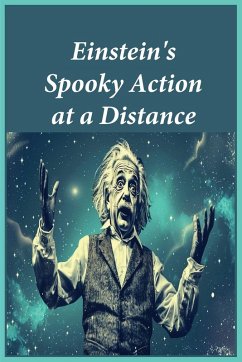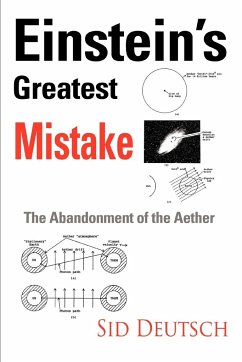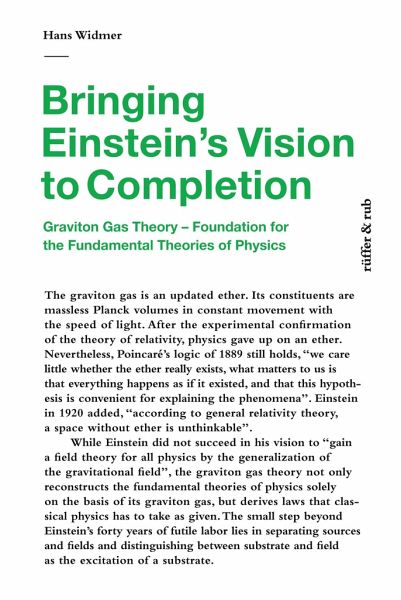
Bringing Einstein's Vision to Completion
Graviton Gas Theory - Foundation for the Fundamental Theories of Physics
Versandkostenfrei!
Versandfertig in 1-2 Wochen
34,00 €
inkl. MwSt.

PAYBACK Punkte
0 °P sammeln!
The theory of relativity was inspired by the Maxwell-Lorentz theory of electromagnetism. The latter used an ether, and because this ether was interpreted as fixed to Newton's"absolute" space, the observation of the "constancy of the speed of light" made absolute space impossible and, erroneously, with it also an ether. Now, the graviton gas theory revives the concept of ether. It derives its constituent from the point of contact of the theory of relativity and quantum mechanics, where Compton length and Schwarzschild radius plotted over mass intersect. As this constituent is also the boson of ...
The theory of relativity was inspired by the Maxwell-Lorentz theory of electromagnetism. The latter used an ether, and because this ether was interpreted as fixed to Newton's"absolute" space, the observation of the "constancy of the speed of light" made absolute space impossible and, erroneously, with it also an ether. Now, the graviton gas theory revives the concept of ether. It derives its constituent from the point of contact of the theory of relativity and quantum mechanics, where Compton length and Schwarzschild radius plotted over mass intersect. As this constituent is also the boson of gravitation, it hence has the name "graviton". The graviton gas theory is a "theory of everything" in a different framework. It gives the physicist an intuitive understanding for the dynamics underneath the mathematics and provides a base for the next substantial step after the Standard Model of elementary particle physics.



